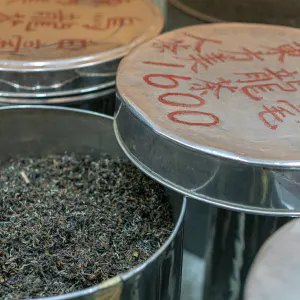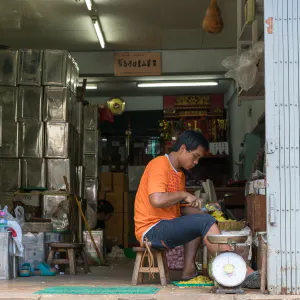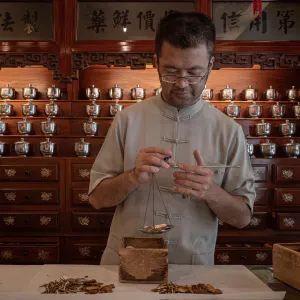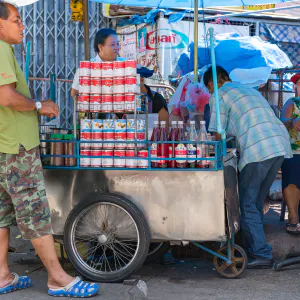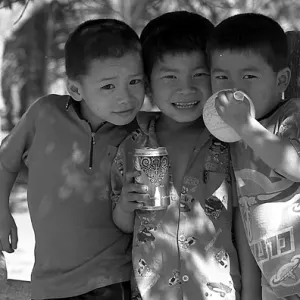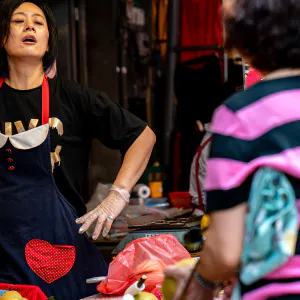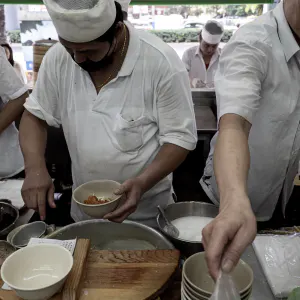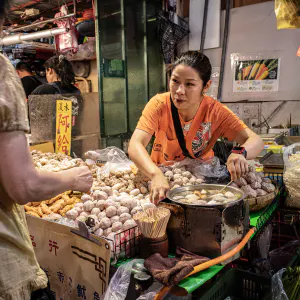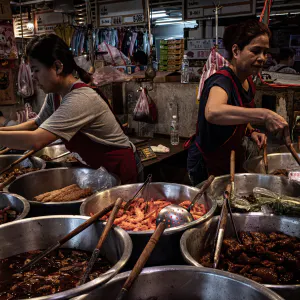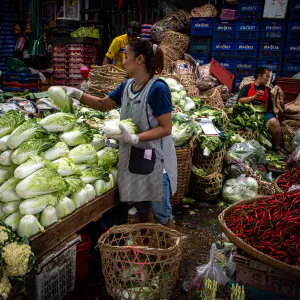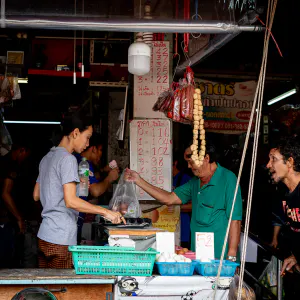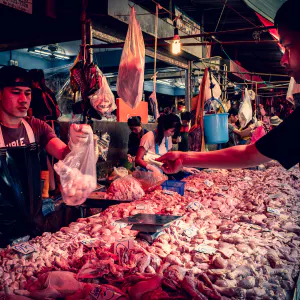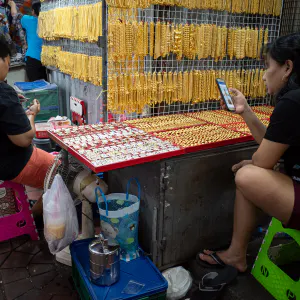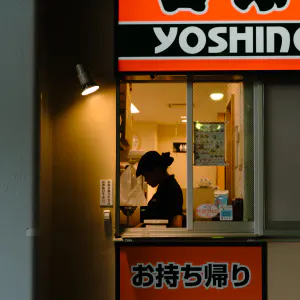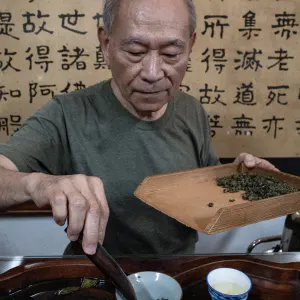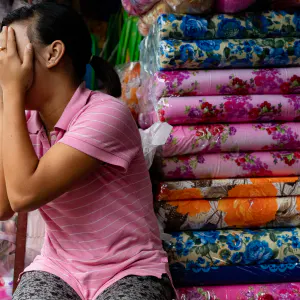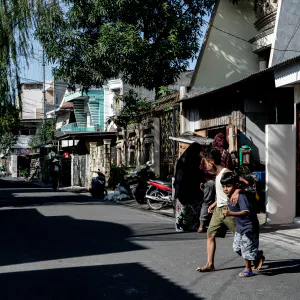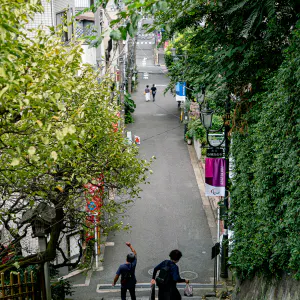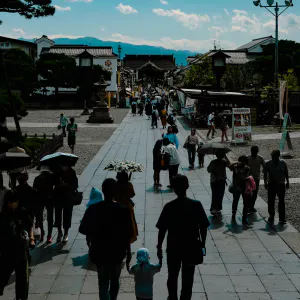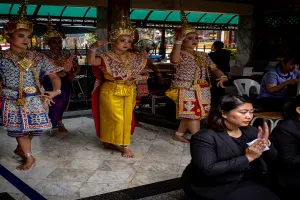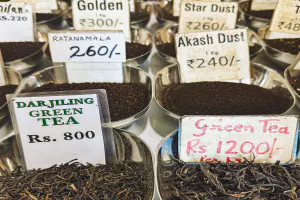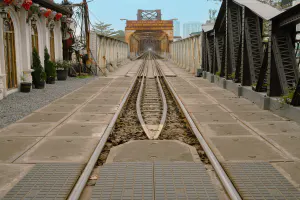The well-established tea shop called Lin Hua Tai Tea was bustling
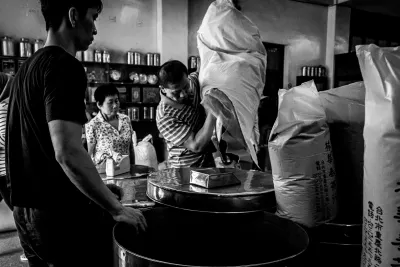
I got off the Taipei Metro at Daqiaotou Station and began walking through Datong District. It was one of those rare days when I actually had a clear destination in mind, so instead of wandering aimlessly, I followed a wide avenue straight ahead. Datong is home to a venerable tea merchant that has been in business for more than a hundred years. I had bought Chinese tea there two years earlier, and it had been excellent enough to linger in my memory. That was reason enough to return.
After walking for a while, I found the shop exactly where it had been before. It stood there with quiet confidence, as if two years were too trivial a span to leave any mark. In a city that changes as quickly as Taipei, such continuity feels oddly reassuring.
Tea itself has an ancient history, but Taiwan’s tea culture is relatively young. It is said to have begun in the late eighteenth century, when tea plants were brought over from China’s Fujian Province. Taiwan did not gain wider recognition as a tea-producing region until after the Treaty of Nanjing, when Tamsui was opened as a treaty port following the Opium War. One cannot help noticing how deeply the British loved tea. In fact, Britain’s enormous demand for Chinese tea was one of the factors that led to the Opium War in the first place.
Inside the shop, large metal canisters filled with tea leaves were scattered everywhere. The staff moved briskly, weighing leaves and packing orders without pause. Although the shop operates as a wholesaler, it is happy to sell in small quantities as well. I bought several kinds of tea and left feeling quietly satisfied, the faint scent of dry leaves lingering in my bag. For the record, the shop’s name is Lin Hua Tai Tea Company—a name that seems firmly anchored in this neighborhood, much like the shop itself.
| Nov 2019 PEOPLE TAIWAN | |
| CAN CLERK SHOP TAIPEI TEA |
PHOTO DATA
No
11292
Shooting Date
Jul 2019
Posted On
November 23, 2019
Modified On
December 14, 2025
Place
Taipei, Taiwan
Genre
Street Photography
Camera
RICOH GR III
